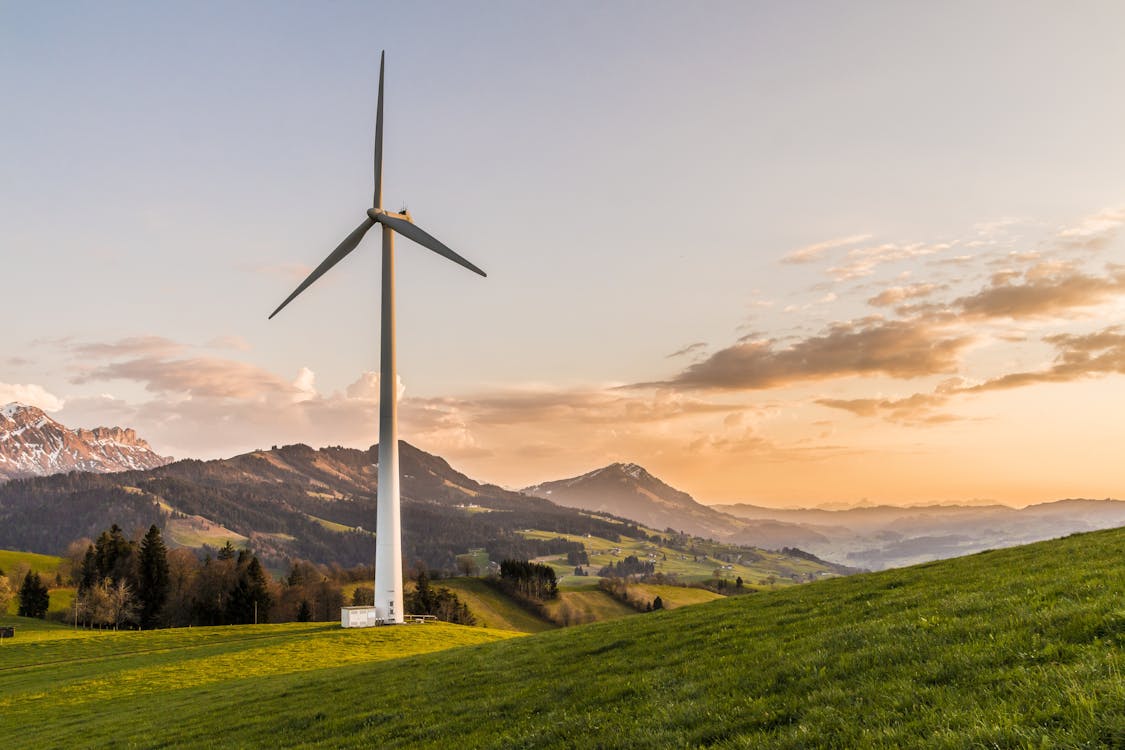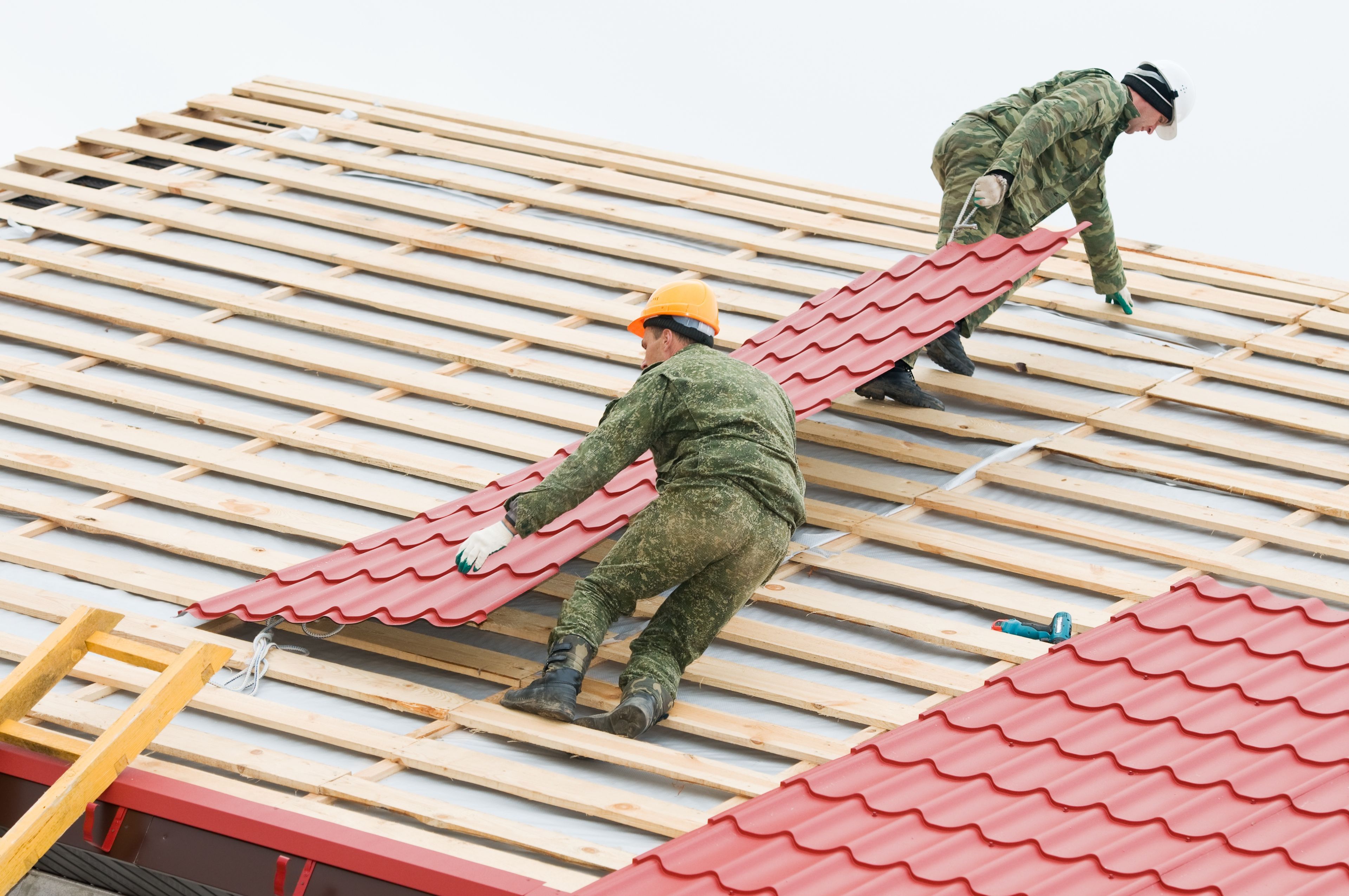How a New HVAC System Can Reduce Energy Consumption

A new HVAC system can be a major investment, but this is one upgrade worth considering. Depending on the local climate and age of your current system, a new system could potentially pay for itself in just four or five years. Here is a closer look at just a few of the benefits of modern HVAC systems.
They Maintain Consistent Pressure
Just because newer units are more powerful doesn’t mean that they draw extra energy. The ducts inside your home are designed to handle a certain amount of pressure, and any changes to that pressure will reduce the overall efficiency of the system. A modern HVAC system, like those available from Derek Sawyers Smart Energy Heating & Air, is going to keep the pressure inside your ducts extremely consistent. That means every room in your home will stay close to the same temperature. Older units tend to create pressure fluctuations that wreak havoc on energy consumption.
More Accurate Thermostats
Studies are now showing us that smart thermostats can save you up to $180 a year. In addition to being more accurate, they can also be controlled remotely. If you accidentally leave the system on during the day, you can quickly turn it off with a mobile app or web portal. Some of these thermostats also link to multiple sensors throughout the home to get a more accurate reading of the indoor temperature.
Higher SEER (Seasonal Energy Efficiency Ratio) Ratings
Within the last decade, the SEER ratings of many HVAC systems have skyrocketed. A higher SEER rating basically means that the HVAC system produces more cool air and uses less electricity. HVAC systems that are more than 15 years usually have a SEER rating below six. Some of the leading HVAC systems that have come out in the last few years have a SEER rating of 14 or higher. Newer systems also produce more heat with less electricity during the coldest months of the year.
Improved Fittings
Older air conditioners, condensers, blowers, and furnaces can pull away from their fittings, and that will result in an incredible amount of heat transfer. When modern energy-efficient units are installed, all of the fittings will perfectly mate with one another. The HVAC contractor can also use products such as all-purpose caulking and weather-stripping to further insulate the system. Reducing the amount of air that escapes will result in lower energy bills.
If you would like to save even more money, then you might want to consider improving your home’s insulation. Blow-in insulation, weather strips, and window dressings will all reduce the amount of heat transfer that takes place inside your home, and that could save you quite a bit every month.


0 Comments
Recommended Comments
There are no comments to display.